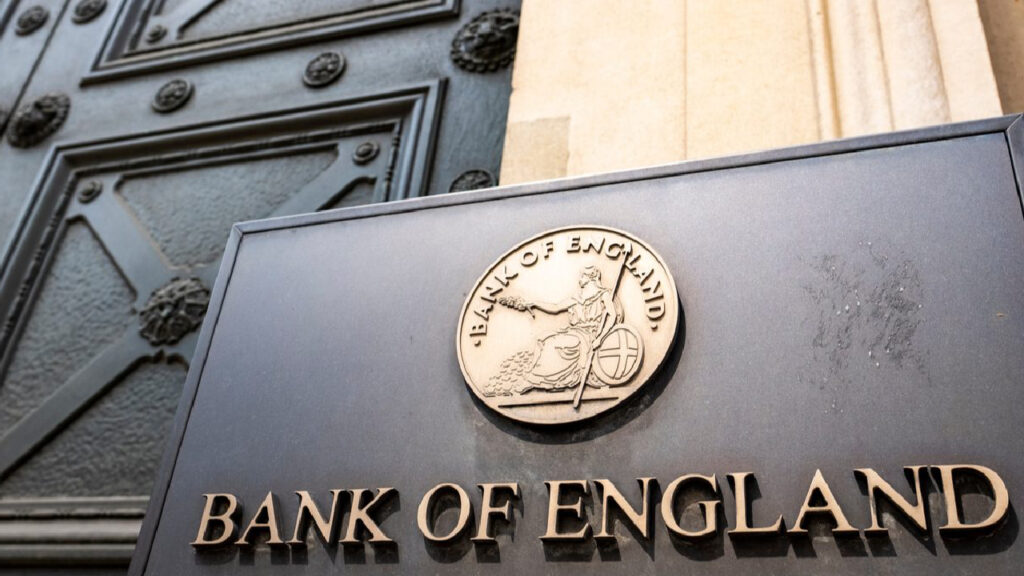Economy
Bank of England Raises Rates Informed WSJ Renewal Edition
WSJ Renewal Edition, LONDON—In a series of 12 consecutive rate hikes, the Bank of England increased its key interest rate and hinted at the possibility of further adjustments, following the release of more optimistic forecasts for the U.K. economy.
On Thursday, the central bank raised the rate from 4.25% to 4.5%, marking its highest level since October 2008. This cumulative move, consisting of 12 steps, represents the largest adjustment since the late 1980s.
The Bank of England’s rate increase mirrored the actions of the Federal Reserve and the European Central Bank, which also raised rates recently. However, the three central banks have conveyed differing indications regarding their future paths.
While Fed officials suggested that they may have concluded their interest rate hikes, the European Central Bank reiterated its commitment to combatting high inflation, expressing no intention to pause its campaign.
Get New York Times Subscription (Digital 3-Years) for $89
The Bank of England indicated that it might consider raising interest rates again if there are indications that inflation is likely to remain elevated for a longer duration than anticipated. The central bank stated, “If there were to be evidence of more persistent pressures, then further tightening in monetary policy would be required.”
Initially, U.K. government bond yields rose and the pound trimmed losses in response to the decision. However, unexpectedly weak economic data from the United States prompted investors to exercise caution regarding the prospect of additional policy tightening by global central banks.
Governor Andrew Bailey of the Bank of England emphasized that the statement on future rate adjustments was “conditional” and that rate-setters are refraining from providing a definitive direction.
In March, the U.K. recorded the highest inflation rate among the G7 countries, with consumer prices increasing by 10.1% compared to the previous year, more than twice the pace of the United States.
The inflation gap between the U.K. and other G7 nations likely narrowed in April compared to the previous year, when energy prices surged by over 50%. Economists anticipate a decline in energy prices below their current levels starting in July, which would contribute to a significant drop in headline inflation.
Get for Barron’s Digital News 5-Years Subscription $89
Although the Bank of England had previously suggested nearing the end of its rate hike cycle in February, it continued tightening its policy, underscoring the challenges faced by policymakers in achieving inflation control.
Earlier this month, the Reserve Bank of Australia surprised financial markets by raising interest rates after a brief pause to assess the impact of previous tightening measures.
For the Bank of England, recent inflation indicators have exceeded expectations, and the job market has been tighter than anticipated. The central bank had initially projected the U.K. economy to enter a recession by the end of 2022 and early 2023. However, policymakers revealed on Thursday that they had underestimated the economy’s resilience in the face of higher food and energy prices, as well as their rate increases.
Get WSJ Renewal Edition Digital Subscription 5 for $89
Contrary to expectations, the U.K. economy experienced growth in the final quarter of last year, and the Bank of England predicts that the upcoming figures, to be released on Friday, will likely show that the economy narrowly avoided contraction in the first quarter of this year.
The Bank of England now anticipates a 0.25% expansion for the entire year of 2023, revising its previous forecast of a 0.5% contraction. Additionally, the central bank no longer expects to witness output declines in any quarter.
Looking ahead, the Bank of England foresees a 0.75% growth rate for the next year, compared to the previous estimate of a 0.25% decline.
By the second quarter of 2026, the Bank of England projects a roughly 2.25% increase in economic output, attributed to lower energy prices, a modest rise in unemployment, and government stimulus measures.

